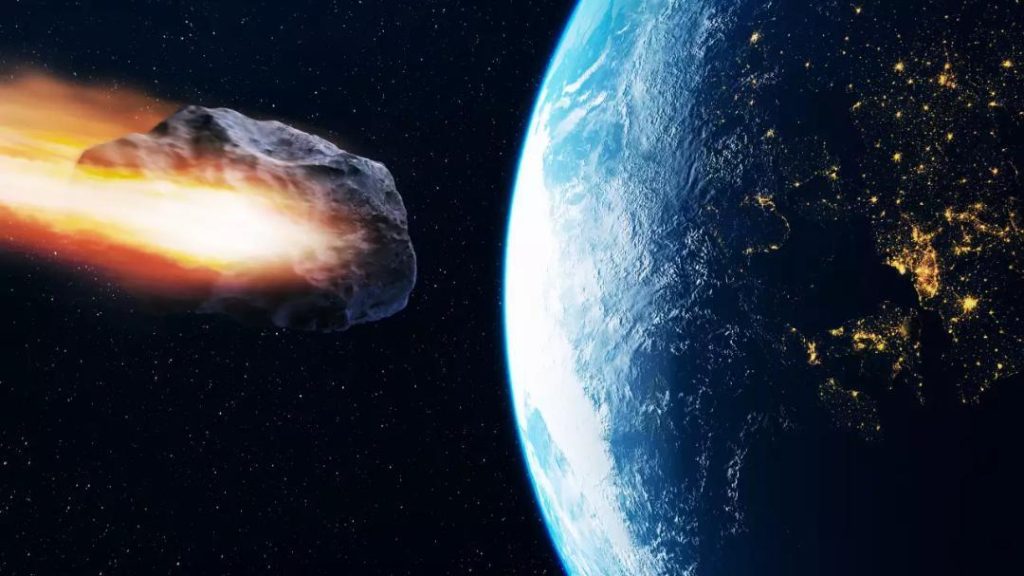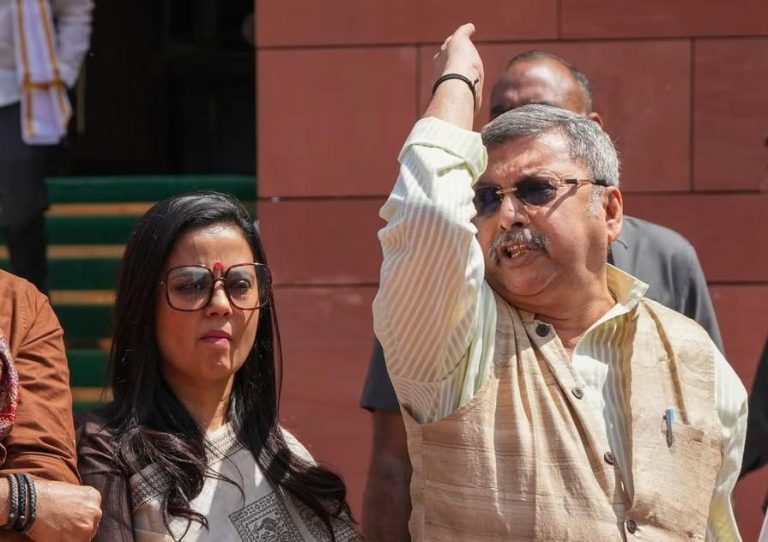
Mumbai & Kolkata on Path of Asteroid Nicknamed ‘City Killer’: Reports
In a chilling revelation, reports have emerged that Mumbai and Kolkata could be in the crosshairs of a potentially catastrophic asteroid nicknamed ‘City Killer’. The asteroid, identified as 2024 YR4, is predicted to pass close to Earth in 2032, and if it makes landfall, could trigger severe blast damage in a 31-mile radius from the impact site. The news has sent shockwaves across the globe, with scientists and experts scrambling to assess the potential risks and consequences.
According to reports, the asteroid’s predicted path takes it close to several major cities, including Mumbai and Kolkata in India, Bogota in Colombia, and Lagos in Nigeria. The prospect of such a catastrophic event is daunting, with the potential for widespread destruction and loss of life.
So, what do we know about the ‘City Killer’ asteroid, and what could happen if it makes landfall? Let’s dive into the details.
The ‘City Killer’ Asteroid: What We Know
Asteroid 2024 YR4, also known as ‘City Killer’, is a relatively small asteroid, measuring around 1,640 feet (500 meters) in diameter. Despite its size, it packs a significant punch, with scientists estimating that it could release as much energy as 2,500 tons of TNT explosive if it were to collide with Earth.
The asteroid was first discovered in December 2024, and since then, scientists have been tracking its trajectory. According to latest reports, the asteroid is expected to make a close approach to Earth in 2032, with the closest point being around 1.2 astronomical units (AU) away. One AU is the average distance between the Earth and the Sun.
What Does the Impact Zone Look Like?
If the ‘City Killer’ asteroid were to make landfall, the impact zone would be catastrophic. Scientists estimate that the blast damage would be severe, affecting a radius of around 31 miles (50 kilometers) from the impact site. The zone would be characterized by:
- Severe shockwaves: The initial blast would create massive shockwaves that would shatter buildings, blow out windows, and cause widespread destruction.
- Heat and fire: The asteroid’s impact would generate intense heat and flames, causing fires to erupt and spread rapidly.
- Ejecta: Debris from the impact would be thrown into the air, causing further destruction and potentially blocking out sunlight.
- Tsunami: If the asteroid were to hit an ocean, it could generate massive tsunamis that would affect coastal areas.
Which Cities Are at Risk?
As mentioned earlier, several major cities are in the predicted path of the ‘City Killer’ asteroid. These include:
- Mumbai, India: India’s financial capital is home to over 12 million people and is one of the most densely populated cities in the world.
- Kolkata, India: The former capital of India is another major city in the predicted path, with a population of over 4 million people.
- Bogota, Colombia: The capital of Colombia is a major urban center with a population of over 8 million people.
- Lagos, Nigeria: Africa’s largest city is also in the predicted path, with a population of over 20 million people.
What Can We Do to Prepare?
While the prospect of a ‘City Killer’ asteroid is daunting, scientists and experts are working tirelessly to assess the risks and develop strategies for mitigation. Here are a few steps that can be taken:
- Tracking and monitoring: Scientists need to continue tracking the asteroid’s trajectory to ensure that we have accurate predictions of its path.
- Asteroid deflection: If the asteroid appears to be on a collision course, scientists may need to develop strategies to deflect or disrupt its path.
- Evacuation drills: Governments and emergency services need to conduct evacuation drills to prepare for the worst-case scenario.
- Public awareness: Educating the public about the risks and consequences of an asteroid impact is crucial in preparing for such an event.
Conclusion
The prospect of a ‘City Killer’ asteroid is a sobering reminder of the potential risks and consequences of space rocks entering our atmosphere. While the chances of an impact are still uncertain, scientists and experts are working hard to assess the risks and develop strategies for mitigation.
As we wait for further updates and developments, it’s essential to remain vigilant and prepared for the worst-case scenario. Let’s hope that the ‘City Killer’ asteroid will pass harmlessly by, but it’s crucial that we take steps to ensure our safety and well-being in the face of uncertainty.
News Source:






